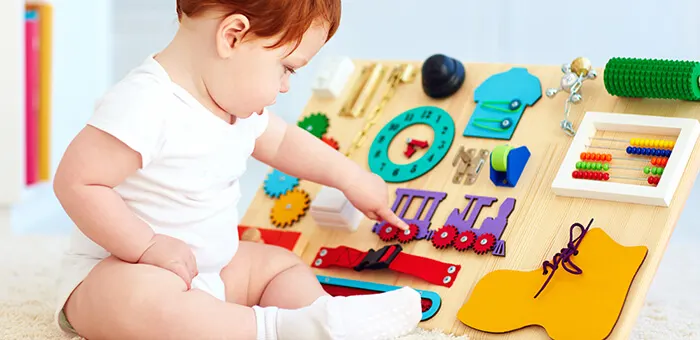Casal dels Infants – Early motor stimulation is crucial in supporting a child’s growth, development, overall well-being, and future potential. Motor skills refer to the body’s ability to perform movements or physical activities, which are divided into gross motor skills and fine motor skills. Proper motor stimulation helps children develop coordination, physical strength, and the necessary skills for daily activities.
What is Motor Stimulation?
Motor stimulation refers to activities or exercises performed to develop a child’s movement skills. This stimulation starts from infancy and continues into early childhood, where children learn various physical skills that are essential for their cognitive and emotional development. Two types of motor skills that need attention are gross motor skills and fine motor skills.
“Read More: The Important Role of Estrogen Hormone in Women”
1. Gross Motor Skills: Developing Physical Strength and Coordination
Gross motor skills are the abilities that allow children to move their large muscles, such as walking, running, jumping, or climbing. Stimulating gross motor skills is important for strengthening large muscles and improving the child’s body coordination. For instance, activities like playing ball, running in the park, or even walking with parents can help children develop their gross motor skills. Moreover, through these activities, children not only become more skilled at controlling their bodies, but also improve their balance. As a result, they are better able to maintain good posture, which contributes to overall physical development. Consequently, engaging in such exercises consistently can lead to long-term benefits for a child’s motor abilities.
2. Fine Motor Skills: Hand Skills and Hand-Eye Coordination
Fine motor skills are related to a child’s ability to control small body movements. This includes movements involving the hands and fingers. Activities that involve fine motor skills are vital for a child’s development. These skills help with everyday tasks such as writing, drawing, and eating with a spoon or fork. Providing toys that encourage activities like stacking blocks, drawing with crayons, or playing with puzzles can stimulate the development of a child’s fine motor skills.
Benefits of Early Motor Stimulation
Early motor stimulation offers numerous benefits for a child’s development. Some of these benefits include:
- Improved Social Skills: Active children are more likely to interact with their peers, learn to take turns, and work together in groups.
- Stronger Muscles and Bones: Appropriate physical activity can help strengthen a child’s muscles and bones, supporting their overall growth.
- Enhanced Cognitive Skills: Motor stimulation supports a child’s thinking abilities, such as problem-solving and understanding spatial and time relationships.
- Boosted Self-Confidence: Children who master motor skills are more likely to feel confident and proud of their achievements.
How to Apply Motor Stimulation for Children
To provide optimal motor stimulation, parents can engage in a variety of fun and educational activities. Some examples of activities that can be done include:
- Outdoor Play: Encourage your child to run, jump, or play ball in the yard or park to stimulate their gross motor skills.
- Activities with Toys: Play games that involve stacking blocks, drawing, or coloring to enhance fine motor skills.
- Walking with Your Child: Going for walks around the neighborhood or park can strengthen leg muscles and improve your child’s balance.
“Continue Reading: Swimming During Menstrual Period, Is It Allowed?”



